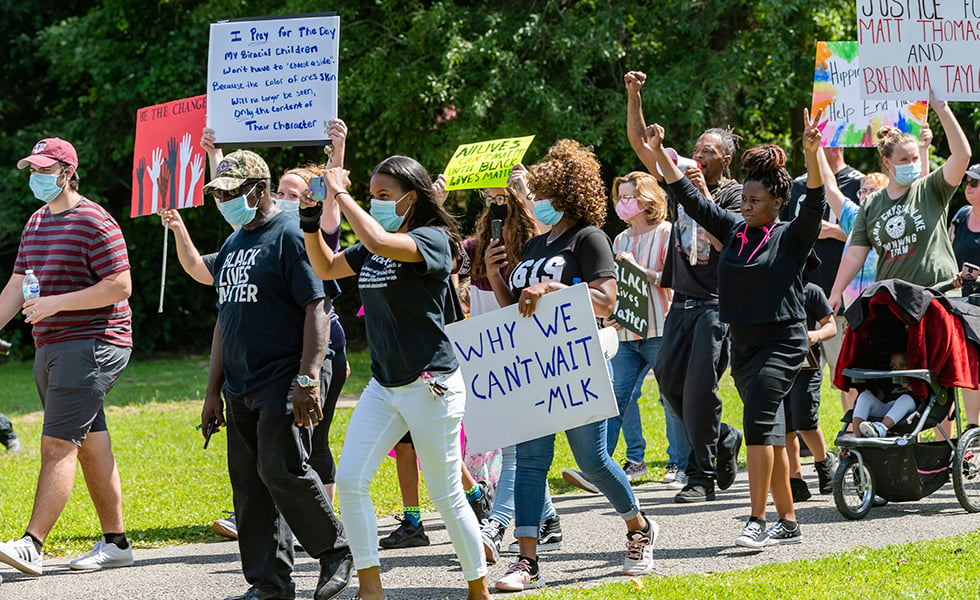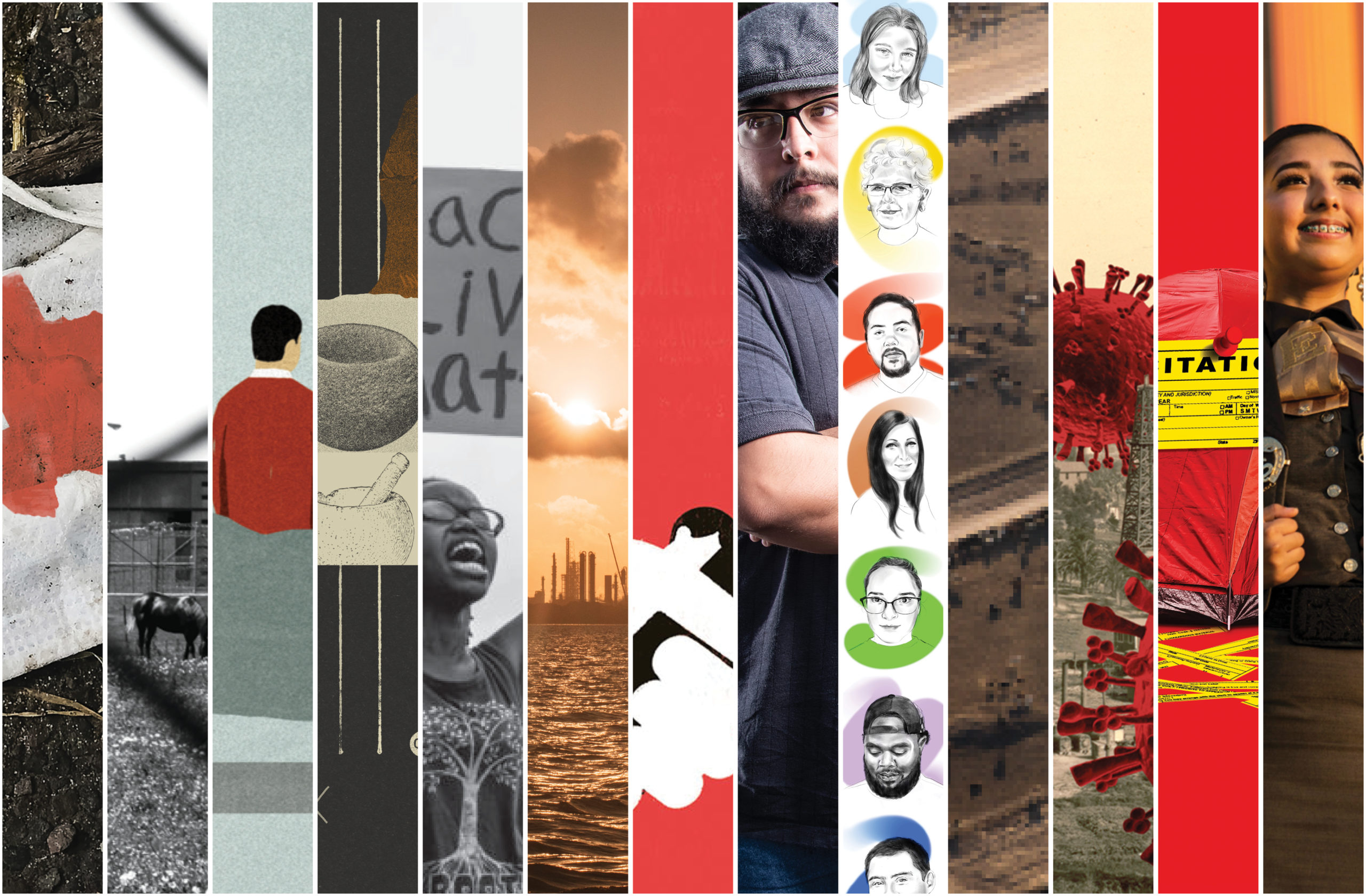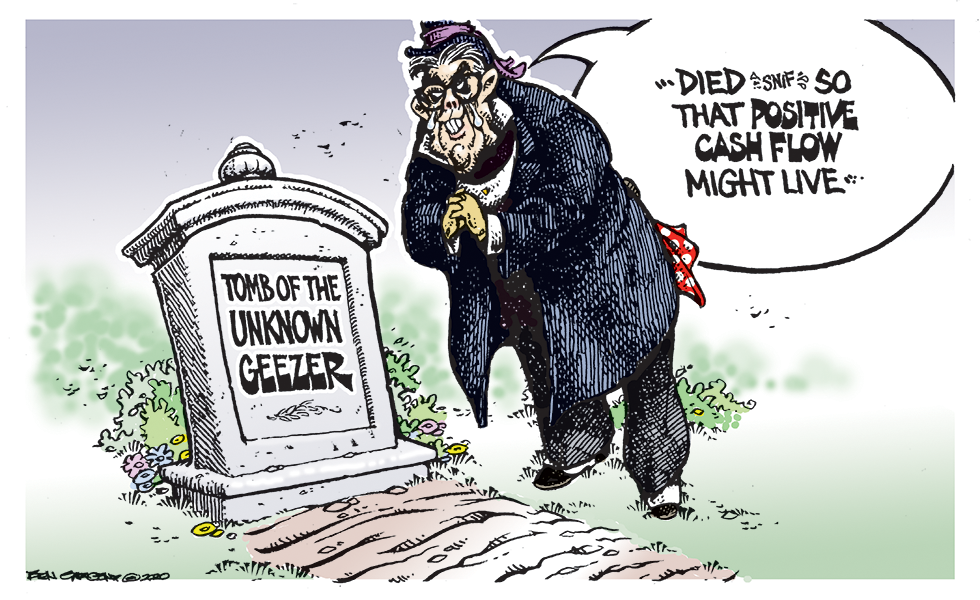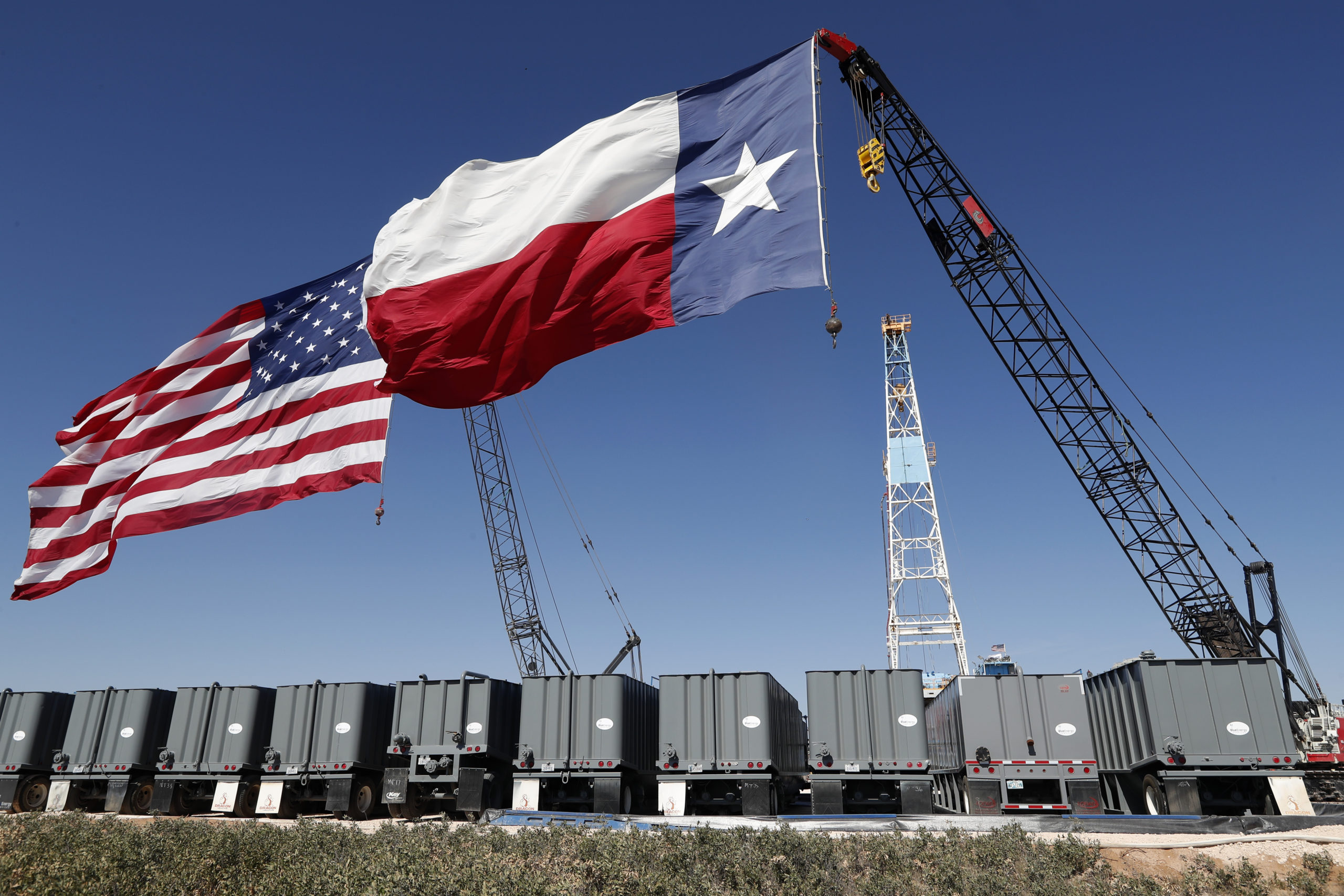
Texas Tally: Hindsight is 2020
An unprecedented year, in numbers.

More than four years ago, a team of Texas scientists developed a vaccine that may have been effective against COVID-19, but without necessary funding for clinical trials in humans, the research stalled. In early 2020, as COVID-19 spread across the globe, Dr. Peter Hotez, a leading vaccine scientist, requested $3 million to start the trials and testified before Congress that the COVID-19 pandemic should prompt a change in how vaccines are funded.
In March, Dallas-based industrial supplier Hatfield and Co. tried to sell an oil company 1 million coveted N95 face masks for $6.3 million—six times the normal price. Texas’ price gouging law makes it illegal to charge exorbitant prices for necessities during a disaster.
Texas has the widest digital divide in the United States, with 1.8 million public school students lacking broadband access, making virtual learning during the pandemic especially challenging. Since March, the Texas Education Agency and Texas school districts have poured nearly $1 billion into closing the connectivity gap. Texas ranks 38th in the nation for broadband adoption.
About 30,000 Texans applied for unemployment benefits per day in March, crashing the state’s website and jamming phone lines. By December, almost 4 million Texans had applied for unemployment benefits.
Texas again led the country with the highest rate and number of uninsured residents in 2019, according to new census data. About 18.4 percent of the population, or about 5.2 million Texans, were without health insurance, an increase from the year before. Texas’ uninsured rate is double the national rate. Preliminary estimates of the number of Texans that lost their employer-sponsored health coverage during the first few months of the COVID-19 pandemic ranged from about 660,000 to more than 1.6 million.
Just weeks after the coronavirus was first detected in Texas, nursing homes quickly became the main breeding grounds for the virus as officials struggled to control the spread. As of late November, about 40,000 nursing home residents in Texas tested positive for COVID-19. More than 5,000 have died, according to data released in December.
An analysis by the Food and Environment Reporting Network estimates that there have been at least 1,621 COVID-19 cases among workers on farms and in food processing and meatpacking plants in Texas. At least 13 food workers in the state have died, as of early December.
Thousands of Texans in small cities, towns, and rural areas across the state came out for Black Lives Matter protests in the weeks following the killing of George Floyd by a white Minneapolis police officer on May 25. Protests were held in cities including Lufkin, Waco, Brownsville, Frisco, Del Rio, Tyler, Stephenville, and many more.
Many of the protestors in the Texas capital this spring were chanting “Justice for Mike Ramos,” after an officer with the Austin Police Department shot and killed Ramos, an unarmed Black and Latinx man, in April. The same officer was involved in the killing of Mauris DeSilva during a mental health crisis nine months before. Austin has the highest per capita rate of fatal police shootings responding to mental health crises of the 15 most populous U.S. cities. One-third of the 24 people killed in police shootings from 2010 to 2016 had confirmed mental health conditions, according to a city audit—1.5 times the national average.
In July, 60 percent of people incarcerated in local Texas lockups were being held pretrial—about 36,800 people who haven’t been convicted of a crime and are likely eligible to vote but face hurdles to do so. The number of people held in pretrial detention in the U.S. has more than tripled since the Supreme Court affirmed the right to vote from jail in the 1970s.
The Texas prison system has a COVID-19 infection rate 490 percent higher than the state of Texas overall, according to a November report from the University of Texas at Austin. People in Texas prisons are getting COVID-19 at a 40 percent higher rate and dying at a 35 percent higher rate than the national prison population average. In the Duncan Unit, a prison in East Texas, about 6 percent of all inmates have died of COVID-19.
Democrats hoped to turn the Texas House blue this year for the first time in nearly 20 years. But of the nine Republican seats targeted, Democrats flipped one and lost one, resulting in a net gain of zero. That’s despite record financial investment and voter turnout. More than 66 percent of Texas’ 17 million registered voters turned out to the polls, a rate nearly 7 points higher than in 2016. By the end of early voting, more than 1.3 million people under 30 had cast their ballot—surpassing the total cast by young voters four years earlier.
As state lawmakers reconvene in January for the first time since the pandemic started, the Texas electorate is more diverse than ever, but the party that still controls both chambers of the Legislature is made up of mostly white men. In the state House, 79 of the 83 Republican members are white. Six are women. One is a woman of color.
Texas Attorney General Ken Paxton, who has been indicted for more than five years and has yet to face trial, has been accused by eight former top aides of crimes like bribery and abuse of office for allegedly using his position to benefit a donor who contributed $25,000 to Paxton’s reelection campaign. Four former aides who were fired or on leave filed a whistleblower lawsuit in November alleging retaliation by the AG for coming forward. The FBI is investigating the allegations.
Texas became the first state to pass 1 million confirmed COVID-19 cases in November. Hospitalizations surged through the fall and winter, particularly in West Texas hot spots like El Paso, Lubbock, and the Big Bend region. As of early December, the state surpassed 22,250 confirmed COVID-19 deaths—more than the total number of Texans who died in World War II.
Read more from the Observer:
-
After Sarah Davis’ Election Defeat, Texas Reproductive Health Advocates Worry About Losing a Powerful Republican Ally: Democrats hoped to turn the Texas House blue. Instead they flipped just one seat: the most moderate Republican and only one to support abortion rights.
-
60 Years Ago, San Antonio Teenagers Invented the Westside Sound: Also known as Chicano soul, the Westside Sound blends rock’n’roll with San Antonio roots.
-
Musician Anjimile on Leaving Texas, Getting Sober, and Blowing Up: The Richardson-born singer-songwriter released his debut album in September.


